“I Was On A Leadership Team In 5th Grade. At The End Of The Year We Were Supposed To Take A Trip To

“I was on a leadership team in 5th grade. At the end of the year we were supposed to take a trip to Washington DC. We held fundraisers and everything. But when it was time to go, I didn’t have the identification papers to buy a plane ticket. So our teacher Ms. Rivera decided that we’d take a bus. Just so I could go too. That trip changed my life. It made me want to be a lawyer. And Ms. Rivera became one of the closest people in my life. She always kept in touch. She basically watched me grow up. One time in high school I got in a huge fight with my mom, and Ms. Rivera came and took me on a long car ride. I started to tell her everything. I told her about a recent break-up, and how I smoked weed, and ‘I did this,’ and ‘I did that.’ She just listened to everything. Then she started telling me about her life too. She told me that she’d been in an abusive relationship. I’d always thought her life was perfect because she was a guidance counselor. But she’d been through so much too. When it was came time to apply for college, Ms. Rivera was the one who helped me apply for DACA. She told me about the TheDream.us scholarship. I didn’t even want to apply. I was ready to give up. I’d just accepted that I’d always work in restaurants like my mom. But Ms. Rivera made me apply. She said: ‘What happened to that girl who wanted to be a lawyer?’ I learned that I got the scholarship in February. They’re paying for my entire college. Ms. Rivera was so proud of me. She kept saying: ‘I told you so.’”
More Posts from Smparticle2 and Others

bethesda-physics-engine.gif
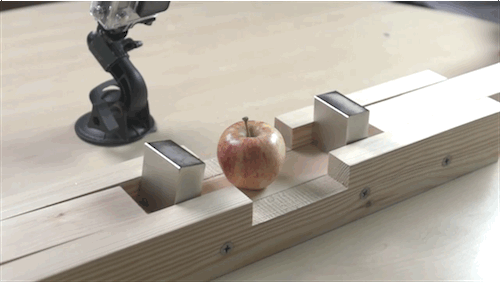
:)

If you liked The Map of Physics animation, I bet you’ll like The Map of Mathematics too (also by Dominic Walliman):
h-t Open Culture

Neuroscientists call for deep collaboration to ‘crack’ the human brain
The time is ripe, the communication technology is available, for teams from different labs and different countries to join efforts and apply new forms of grassroots collaborative research in brain science. This is the right way to gradually upscale the study of the brain so as to usher it into the era of Big Science, claim neuroscientists in Portugal, Switzerland and the United Kingdom. And they are already putting ideas into action.
In a Comment in the journal Nature, an international trio of neuroscientists outlines a concrete proposal for jump-starting a new, bottom-up, collaborative “big science” approach to neuroscience research, which they consider crucial to tackle the still unsolved great mysteries of the brain.
How does the brain function, from molecules to cells to circuits to brain systems to behavior? How are all these levels of complexity integrated to ultimately allow consciousness to emerge in the human brain?
The plan now proposed by Zach Mainen, director of research at the Champalimaud Centre for the Unknown, in Lisbon, Portugal; Michael Häusser, professor of Neuroscience at University College London, United Kingdom; and Alexandre Pouget, professor of neuroscience at the University of Geneva, Switzerland, is inspired by the way particle physics teams nowadays mount their huge accelerator experiments to discover new subatomic particles and ultimately to understand the evolution of the Universe.
“Some very large physics collaborations have precise goals and are self-organized”, says Zach Mainen. More specifically, his model is the ATLAS experiment at the European Laboratory of Particle Physics (CERN, near Geneva), which includes nearly 3,000 scientists from tens of countries and was able (together with its “sister” experiment, CMS) to announce the discovery of the long-sought Higgs boson in July 2012.
Although the size of the teams involved in neuroscience may not be nearly comparable to the CERN teams, the collaborative principles should be very similar, according to Zach Mainen. “What we propose is very much in the physics style, a kind of 'Grand Unified Theory’ of brain research, he says. "Can we do it? Clearly, it’s not going to happen within five years, but we do have theories that need to be tested, and the underlying principles of how to do it will be much the same as in physics.”
To help push neuroscience research to take the leap into the future, the three neuroscientists propose some simple principles, at least in theory: “focus on a single brain function”; “combine experimentalists and theorists”; “standardize tools and methods”; “share data”; “assign credit in new ways”. And one of the fundamental premises to make this possible is to “engender a sphere of trust within which it is safe [to share] data, resources and plans”, they write.
Needless to say, the harsh competitiveness of the field is not a fertile ground for this type of “deep” collaborative effort. But the authors themselves are already putting into practice the principles they advocate in their article.
“We have a group of 20 researchers (10 theorists and 10 experimentalists), about half in the US and half in the UK, Switzerland and Portugal” says Zach Mainen. The group will focus on only one well-defined goal: the foraging behavior for food and water resources in the mouse, recording activity from as much of the brain as possible - at least several dozen brain areas.
“By collaboration, we don’t mean business as usual; we really mean it”, concludes Zach Mainen. “We’ll have 10 labs doing the same experiments, with the same gear, the same computer programs. The data we will obtain will go into the cloud and be shared by the 20 labs. It’ll be almost as a global lab, except it will be distributed geographically.”
New ways to mass produce human neurons for studying neuropsychiatric disorders
Scientists from Singapore have streamlined the process of using human stem cells to mass produce GABAergic neurons (GNs) in the laboratory. This new protocol provides scientists with a robust source of GNs to study many psychiatric and neurological disorders such as autism, schizophrenia, and epilepsy, which are thought to develop at least in part due to GN dysfunction.
GNs are inhibitory neurons that reduce neuronal activation, and make up roughly 20 per cent of the human brain. They work alongside excitatory neurons (ENs) to ensure balanced neural activity for normal brain function. The coordinated interplay between GNs and ENs orchestrate specific activation patterns in the brain, which are responsible for our behaviour, emotions, and higher reasoning. Functional impairment of GNs results in imbalanced neural activity, thereby contributing to the symptoms observed in many psychiatric disorders.
The availability of high quality, functional human GN populations would facilitate the development of good models for studying psychiatric disorders, as well as for screening drug effects on specific populations of neurons. Scientists worldwide have been hard at work trying to generate a consistent supply of GNs in the laboratory, but have been faced with many challenges. Protocols involving multiple complex stages, poor yield, and requiring a long time to generate mature and functional GNs are just some of the limitations encountered.
Many of these limitations have now been overcome by the development of a rapid and robust protocol to generate GNs from human pluripotent stem cells (hPSCs) in a single step. With the addition of a specific combination of factors, hPSCs turn into mature and functional GNs in a mere six – eight weeks. This is about two – three times faster than the 10 - 30 weeks required for previous protocols. In addition, this new protocol is highly efficient, with GNs making up more than 80 per cent of the final neuron population.
To develop this protocol, the team from Duke-NUS Medical School (Duke-NUS), A*STAR’s Genome Institute of Singapore (GIS) and the National Neuroscience Institute (NNI) first identified genetic factors involved in GN development in the brain. The team then tried many different combinations of these factors, and succeeded in confirming that mature and functional human GNs were indeed generated.
“Just like how a balance of Yin and Yang is needed in order to stay healthy, a balance of ENs and GNs is required for normal brain function. We now know a fair bit about ENs because we have good protocols to make them. However, we still know very little of the other player, the GNs, because current protocols do not work well. Yet, when these GNs malfunction our brain goes haywire,” commented Dr Alfred Sun, a Research Fellow at NNI and co-first author of the publication alongside Mr Qiang Yuan, an NUS Graduate School PhD student.
“Our quick, efficient and easy way to mass produce GNs for lab use is a game changer for neuroscience and drug discovery. With increased recognition of the essential role of GNs in almost all neurological and psychiatric diseases, we envisage our new method to be widely used to advance research and drug screening,” said Dr Shawn Je, Assistant Professor in the Neuroscience and Behavioural Disorders Programme at Duke-NUS, and senior author of the study.
The speed and efficiency of generating GNs with this new protocol provides researchers unprecedented access to the quantities of neurons necessary for studying the role of GNs in disease mechanisms. Drugs and small molecules may now be screened at an unparalleled rate to discover the next blockbuster treatment for autism, schizophrenia, and epilepsy.

Being the only audience member at a panel, the grad student pities everyone in the room.


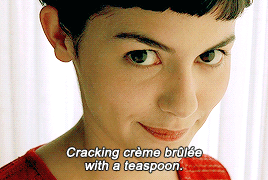



Amélie doesn’t have a boyfriend. She tried once or twice, but the results were a let-down. Instead, she cultivates a taste for small pleasures.
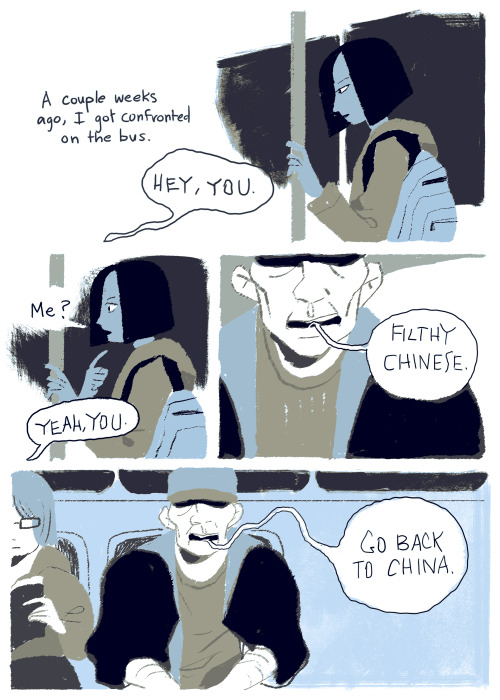
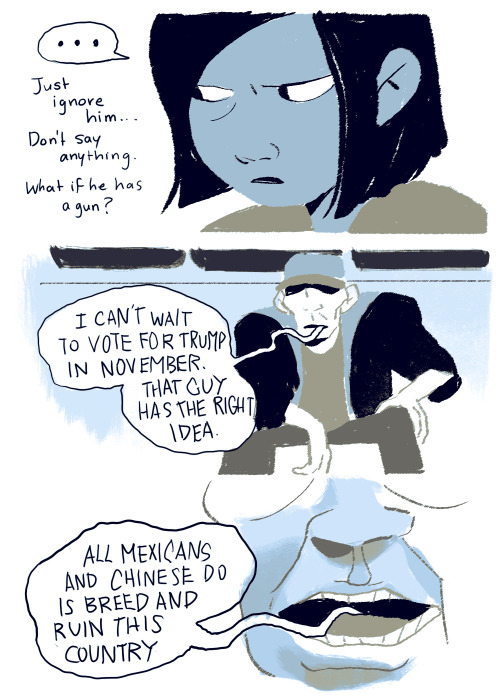
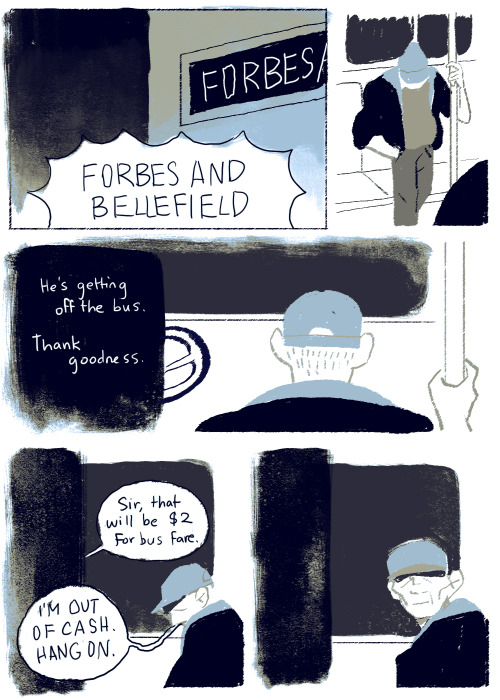

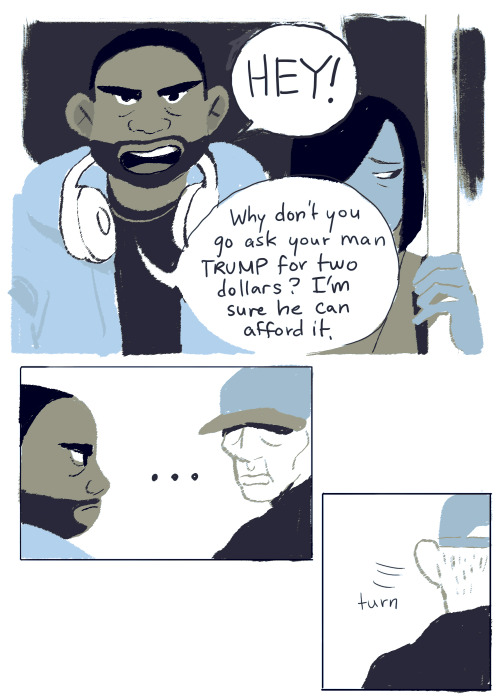
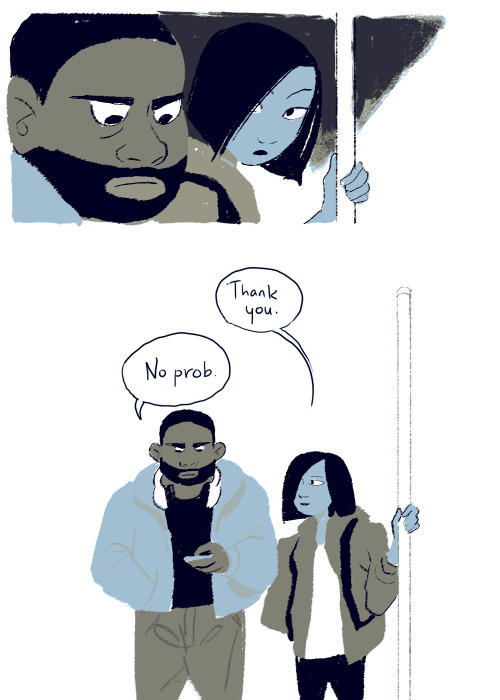
It’s been an emotional week. I wanted to share this encounter I had with a very hateful man on the Pittsburgh bus because it reminds me that there are brave people in this world. Let’s all do everything we can to stand up for each other.


Cathedrals Beach, Galicia
-
 victoriacadisch liked this · 2 years ago
victoriacadisch liked this · 2 years ago -
 twispicalstephen liked this · 2 years ago
twispicalstephen liked this · 2 years ago -
 jenny-loveseex956356-blog liked this · 3 years ago
jenny-loveseex956356-blog liked this · 3 years ago -
 mercurysparrow liked this · 3 years ago
mercurysparrow liked this · 3 years ago -
 bearista-tye-dye reblogged this · 3 years ago
bearista-tye-dye reblogged this · 3 years ago -
 bearista-tye-dye liked this · 3 years ago
bearista-tye-dye liked this · 3 years ago